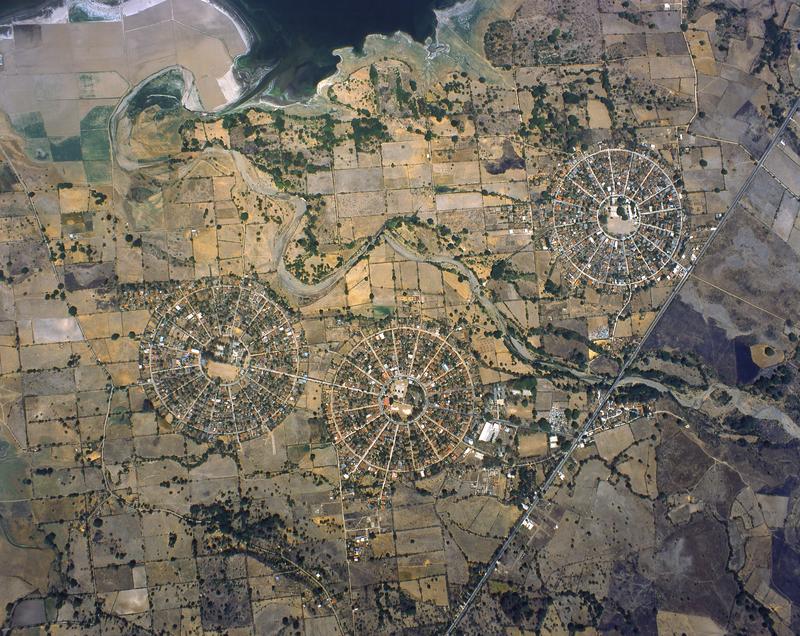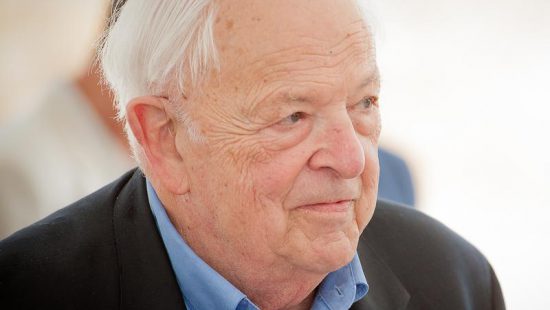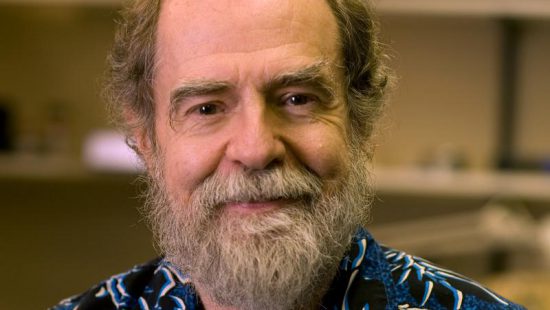Decades before television, Jacob Bjerknes perfectly captured the plight of the modern day weatherman, often ridiculed for inaccurate forecasts:
“If only the calculations shall agree with the facts, the scientific victory will be won,” he said in 1914. “Meteorology would then have become an exact science.”
Bjerknes joined a group of scientists – including his father, a famous Norwegian physicist – in theorizing that weather is concentrated in the narrow spaces between warm and cold masses of air.
These masses, later named “fronts,” are responsible for the formation, growth and death of extra-tropical cyclones, which prompt events ranging from thunderstorms to nor’easters, he discovered.
This determination gave meteorologists a better – albeit not always perfect – tool to notify the public of approaching catastrophic inclement weather.
Later in life, Bjerknes turned his attention to atmosphere-ocean interactions, specifically the cause of El Niño.
His findings often serve as the foundation for climate change research.







